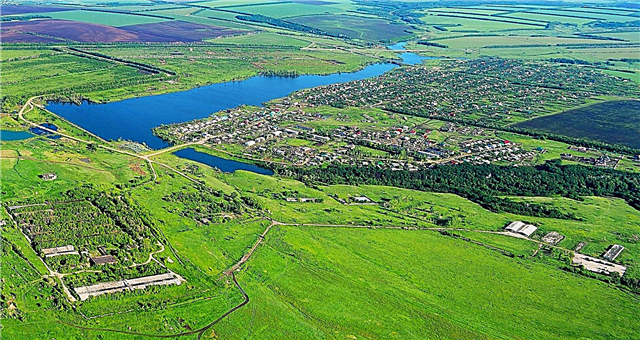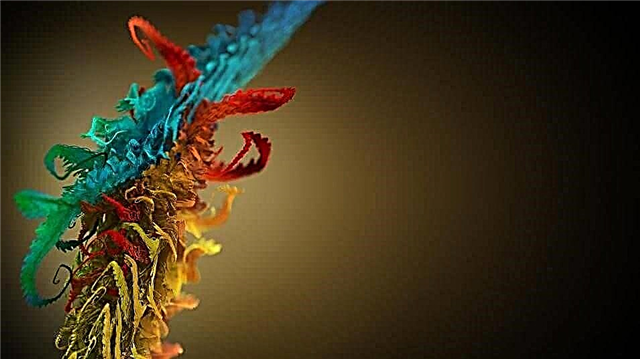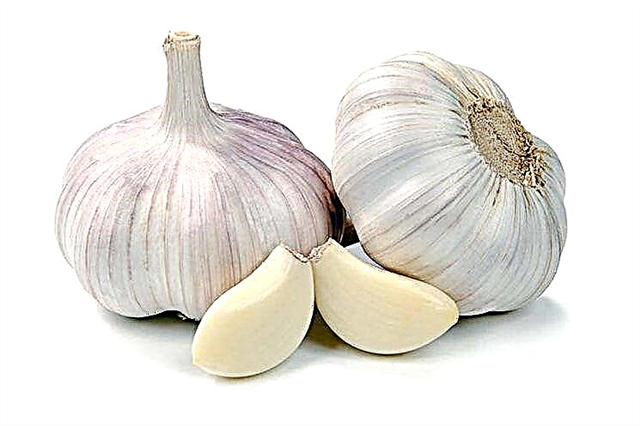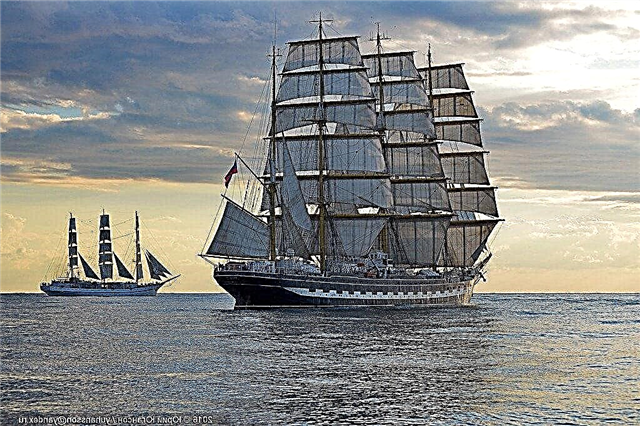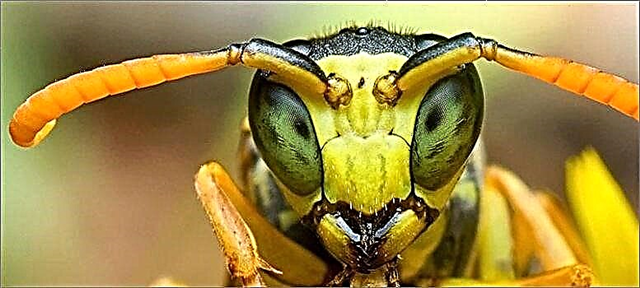
Albatrosses are a family of large seabirds. Both “great albatrosses”, the wandering albatross and the royal albatross, have a wingspan of up to 3.4 meters - largest span of all living birds.
Their wings are narrow and can be fixed in one position, allowing the birds to soar in the ocean winds for several days, using little energy to cover long distances.
Interesting fact: Most albatross species live longer than 50 years. They are the longest of all birds.

Albatrosses can fly for months without touching the ground. To feed, they catch squid, fish from the surface of the ocean. Albatrosses have strong hooked beaks, well designed to catch their prey. They also have large, raised nostrils at the apex of their beaks. They help them sense the direction of smells so that they can find food in the open ocean.

Interesting fact: There are more than 20 species of albatross. Four live in the North Pacific; the rest live in the Southern Ocean.
Nutrition

Albatrosses feed on squid, octopus and fish, which they catch, flying low over the water. Sometimes they eat so much that they become too heavy to fly. At such moments, they have to rest on the water and wait until their food is digested.
Interesting fact: Great albatrosses have the longest wingspan among birds: 3.4 meters.
Albatrosses can follow fishing boats for several days, eating shreds of fish that are thrown overboard. Some fishing boats use lures on long fishing rods to catch tuna and swordfish. If the albatross tries to eat the bait, he will hook on a hook and find himself under water.
Interesting fact: The first six years of their lives, albatrosses spend in the air without touching the ground.
Migration

A wandering albatross can fly thousands of kilometers in just a few days and live for months or even years without returning to the ground. When he does not have the cubs he cares for, he migrates long distances between Australia, South Africa and South America. Throughout his life, a wandering albatross will fly around the world many times. Once every two years, birds return to South Georgia in the southern Atlantic Ocean to find a partner for procreation.
Interesting fact: Able to fly long distances without flapping wings, a wandering albatross can fly around the world many times over its long life. (More than 70 years).
Breeding
When the albatrosses are about seven years old, they begin to look for a partner. Perform complex mating dances to attract attention. The wings are extended, the birds swing their beaks, moan and wheeze, and then throw their heads back.
Interesting fact: Albatrosses only breed on chickens where there is no local mammalian population. Introduced mammals, such as rats or mice, on some islands destroy albatross populations.Albatross chicks are left unprotected while their parents fly to remote fishing spots.

If some albatross cannot perform the dance correctly, this may be a sign that he is sick or injured and does not fit the role of a parent. Albatross pairs form for life. They will meet for procreation every two years.
Interesting fact: the name albatross originally comes from the Portuguese word gannet, alcatraz, which in turn comes from the Arabic word for “diver”.
Nesting

Two to three months after mating, couples settle in large colonies and build nests from dirt and grass close to each other. Females lay one large white egg. Both parents take turns sitting on the egg until it hatches after 11 weeks. Parents feed the chick for nine months. After that, the chicken becomes independent.
Interesting fact: The phrase “having an albatross around your neck,” meaning you have to carry a heavy burden, comes from a myth common among sailors that shooting albatrosses, considered the souls of dead sailors, brings misfortune.


